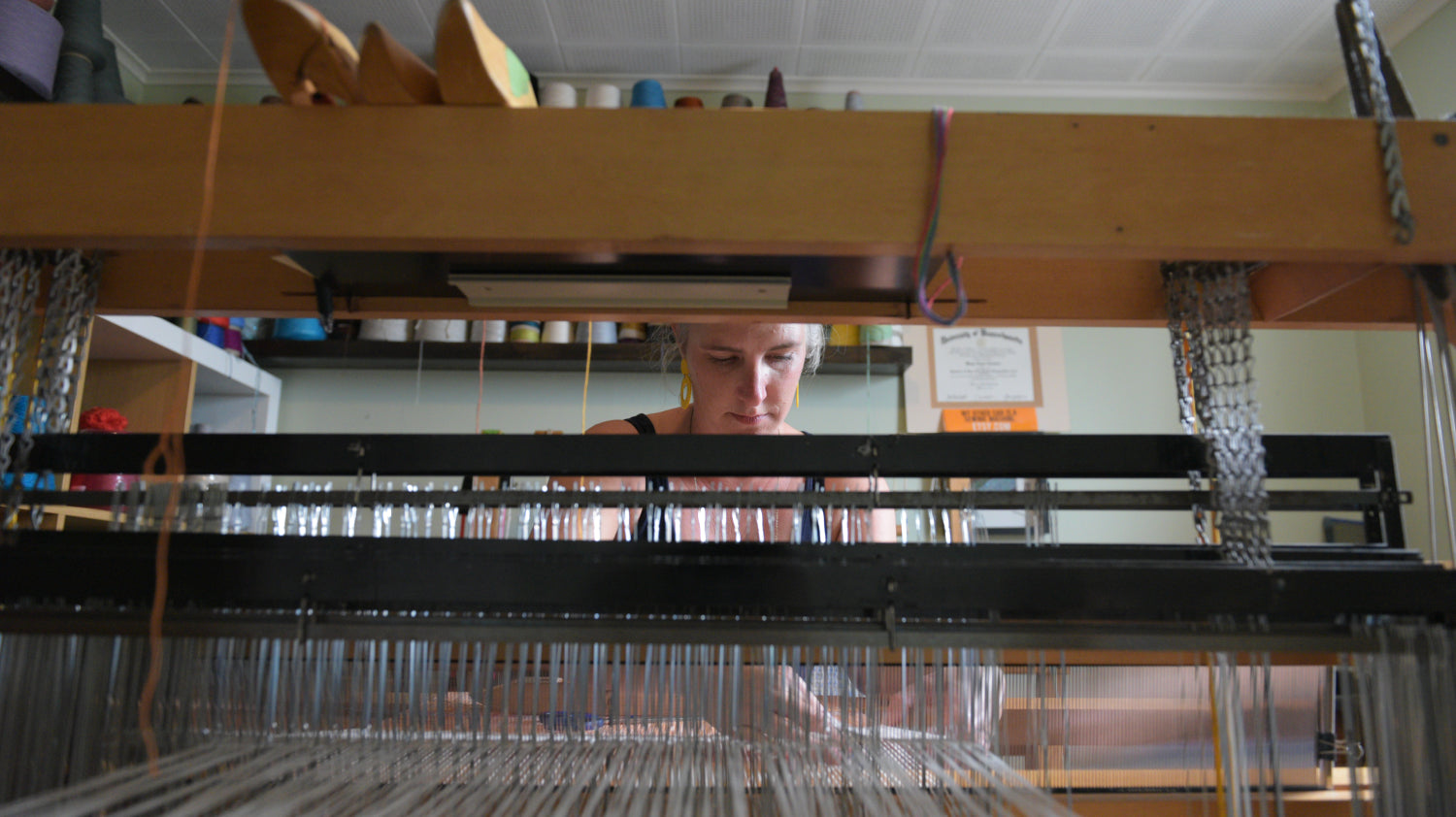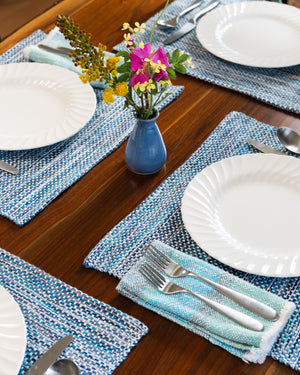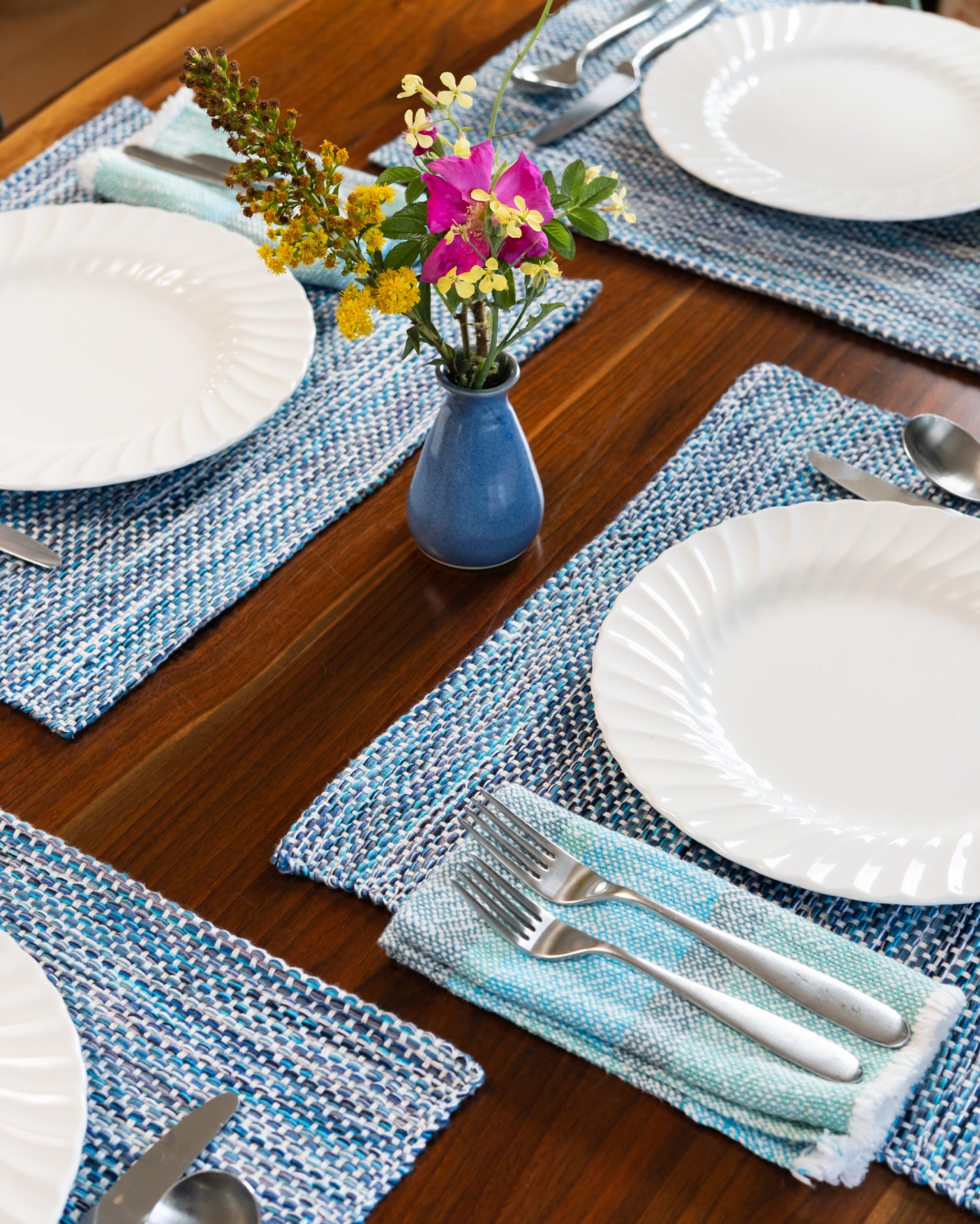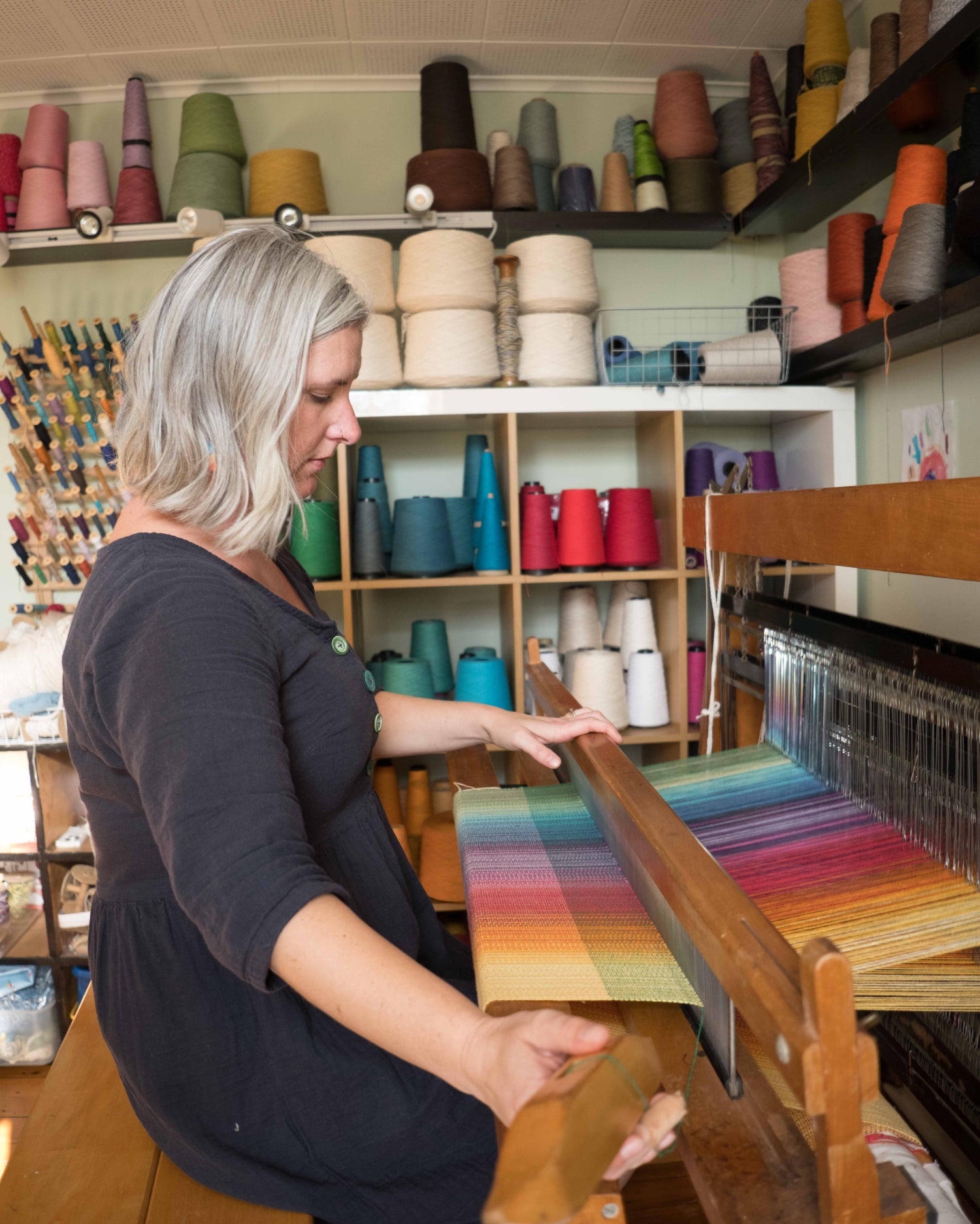In the world of textile arts, two prominent techniques stand out: weaving and knitting. While both crafts involve working with yarn to create beautiful textiles, they each possess distinct characteristics and methods that set them apart from each other. Let’s explore the differences between weaving and knitting, celebrating the unique charms of each.
Weaving
Weaving is an ancient craft that involves interlacing threads or yarns to create fabric. Traditionally done on a loom, weaving allows for precise control over the placement of each yarn, resulting in structured, geometric patterns. One of the key characteristics of weaving is its two-dimensional nature; the fabric is created by weaving horizontal (weft) threads over and under vertical (warp) threads.
Key Features of Weaving:
1- Structured patterns
Weaving lends itself well to creating intricate, structured patterns, including stripes, plaids, and complex geometric designs. The grid-like structure of the warp and weft threads allows for precise patterning.
2 - Woven fabric
The resulting fabric from weaving tends to be sturdy and stable, making it ideal for items like rugs, blankets, and upholstery.
3 - Requires a loom
While small hand-held looms are available for beginners, larger floor or frame looms are often used for more advanced weaving projects.
Knitting
Knitting, on the other hand, involves creating fabric by interlocking loops of yarn with knitting needles. Unlike weaving, which is done on a static loom, knitting is a dynamic process that allows for greater flexibility and fluidity in design. Knitting can be done in two dimensions, as with flat knitting, or in three dimensions, as with knitting in the round.
Key Features of Knitting
1 - Stretchy and versatile fabric
Knitted fabric has a natural elasticity and drape, making it well-suited for garments like sweaters, socks, and hats. The flexibility of knitting allows for shaping and contouring the fabric to fit the body.
2 - Endless stitch patterns
Knitting offers a vast array of stitch patterns and techniques, including cables, lace, and colorwork. The versatility of knitting allows for endless creativity and experimentation with texture and design.
3 - Requires knitting needles
Knitting can be done with a variety of needle types and sizes, depending on the desired gauge and fabric density.
While weaving and knitting both involve working with yarn to create textiles, they each offer unique opportunities for artistic expression and craftsmanship. Weaving excels in producing structured, patterned fabrics with precision and stability, while knitting offers versatility and flexibility in creating stretchy, textured fabrics with endless stitch possibilities.
Whether you're drawn to the rhythmic clack of a weaving loom (link “weaving loom” to the blog article “How Does A Weaving Loom Work?”) (which Bristol Looms sure is!) or the soothing click of knitting needles, both crafts offer a rich and rewarding creative experience for makers of all skill levels.




